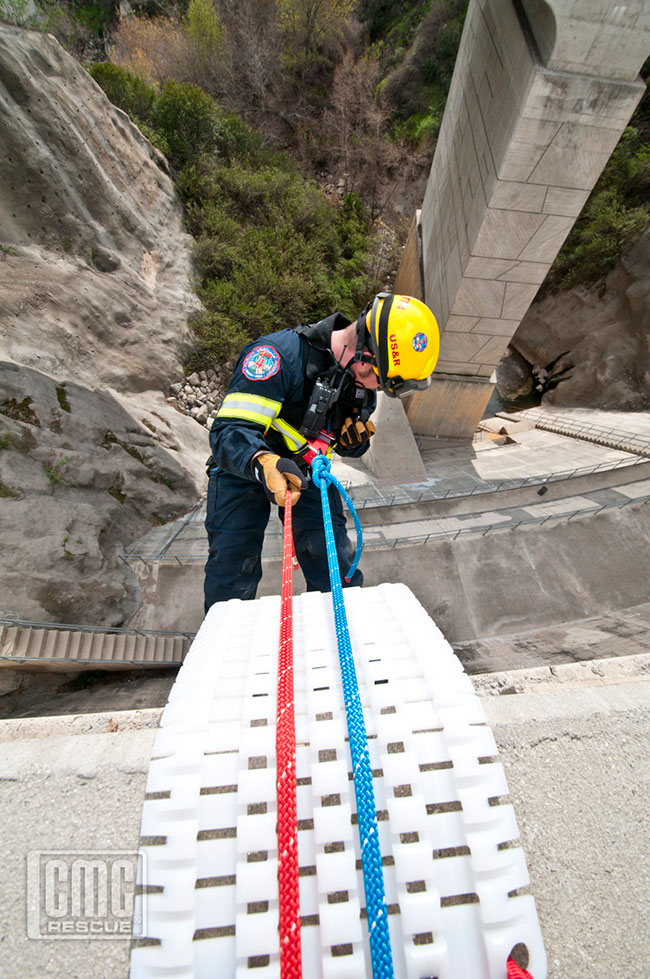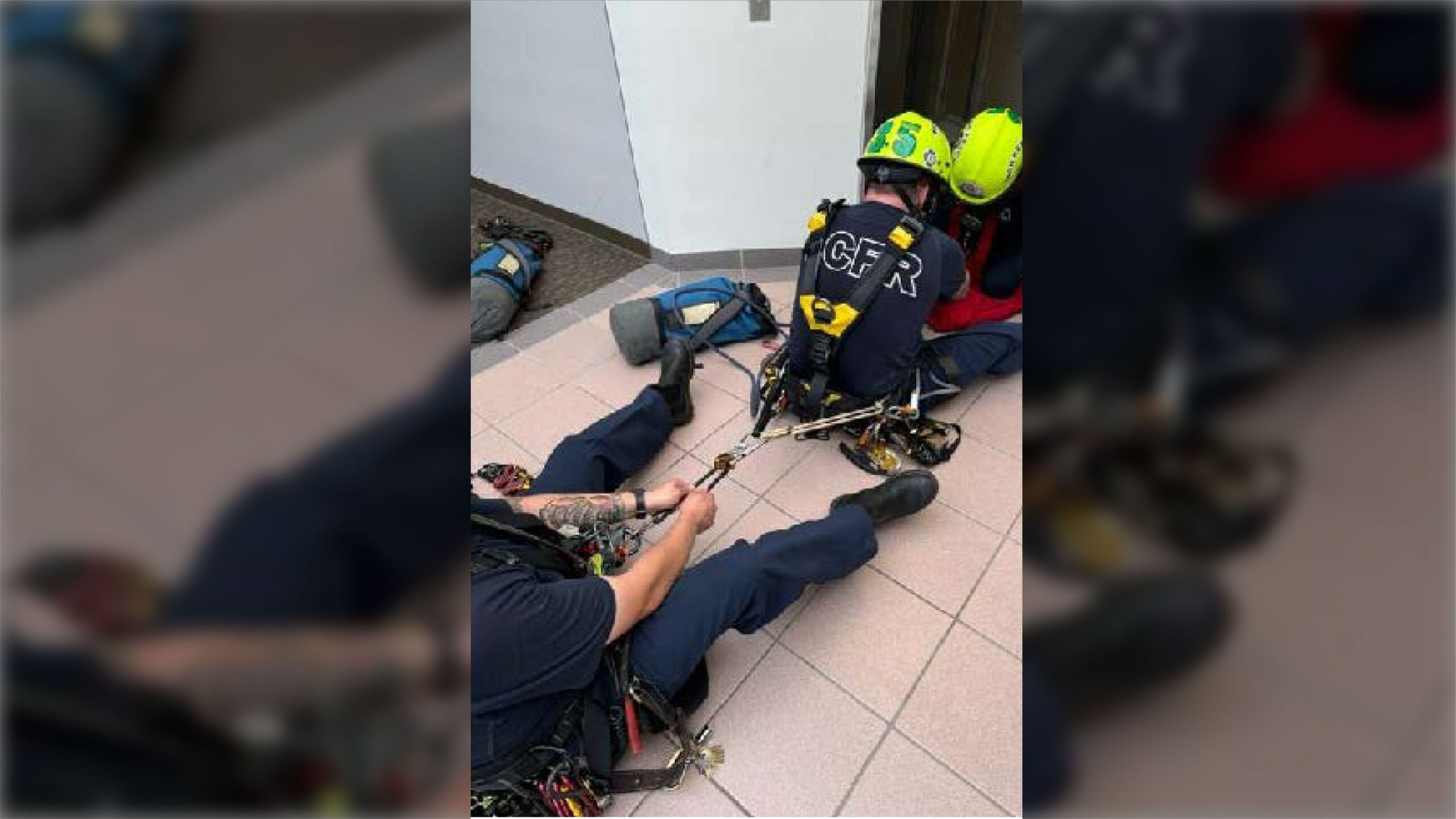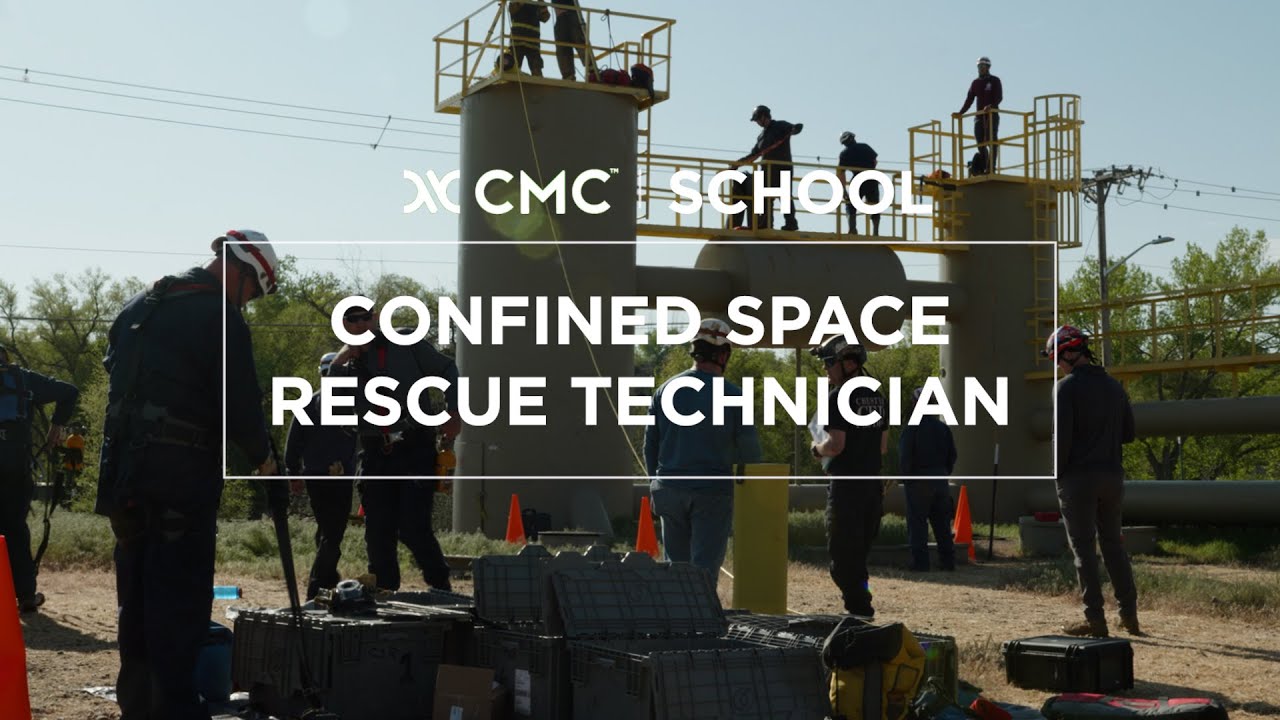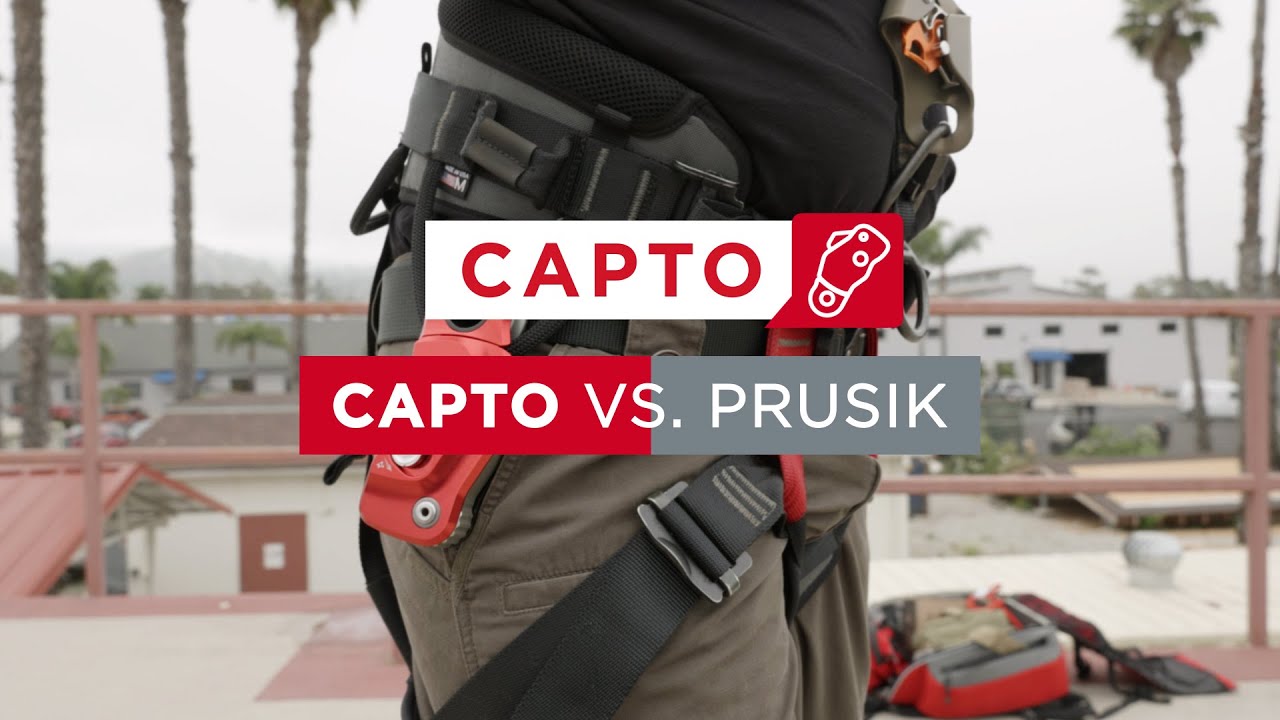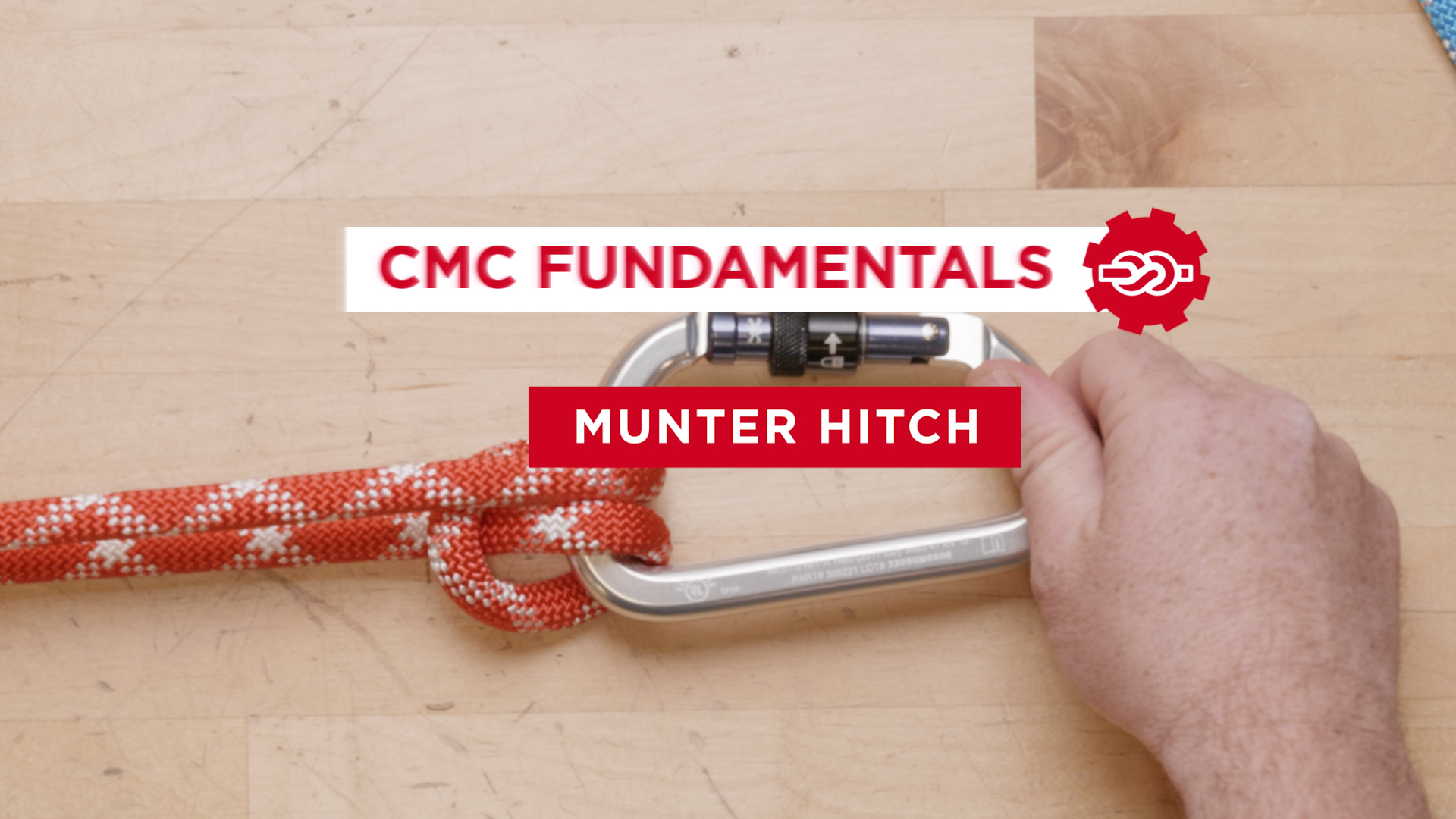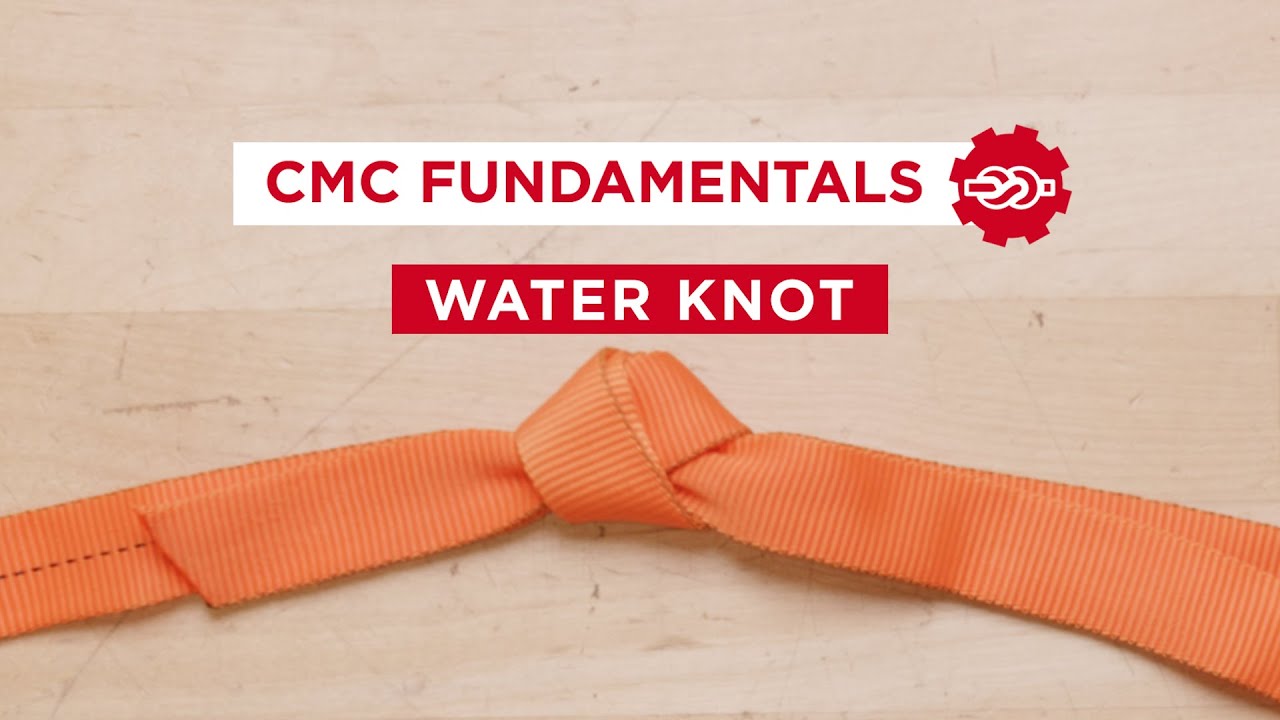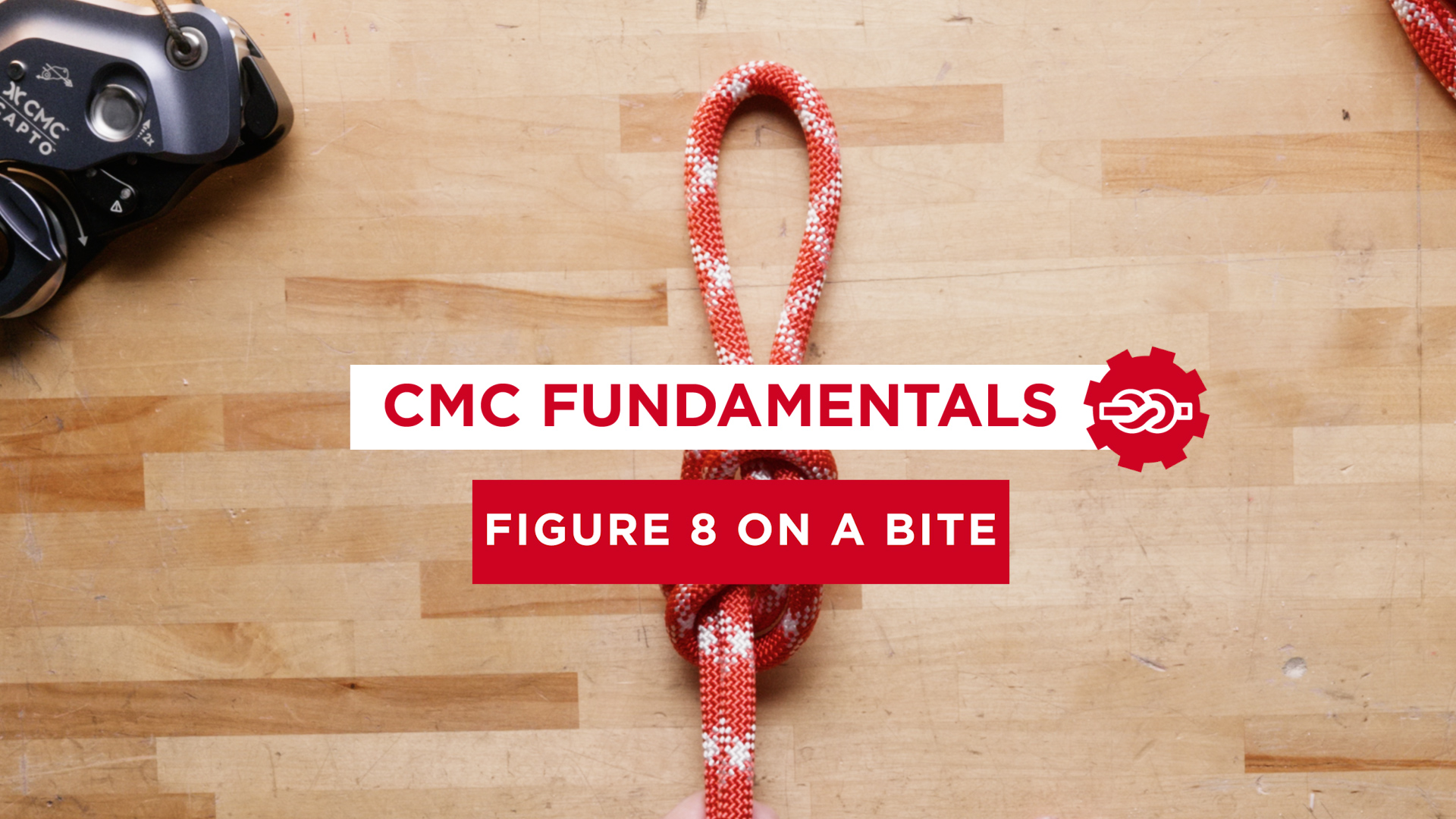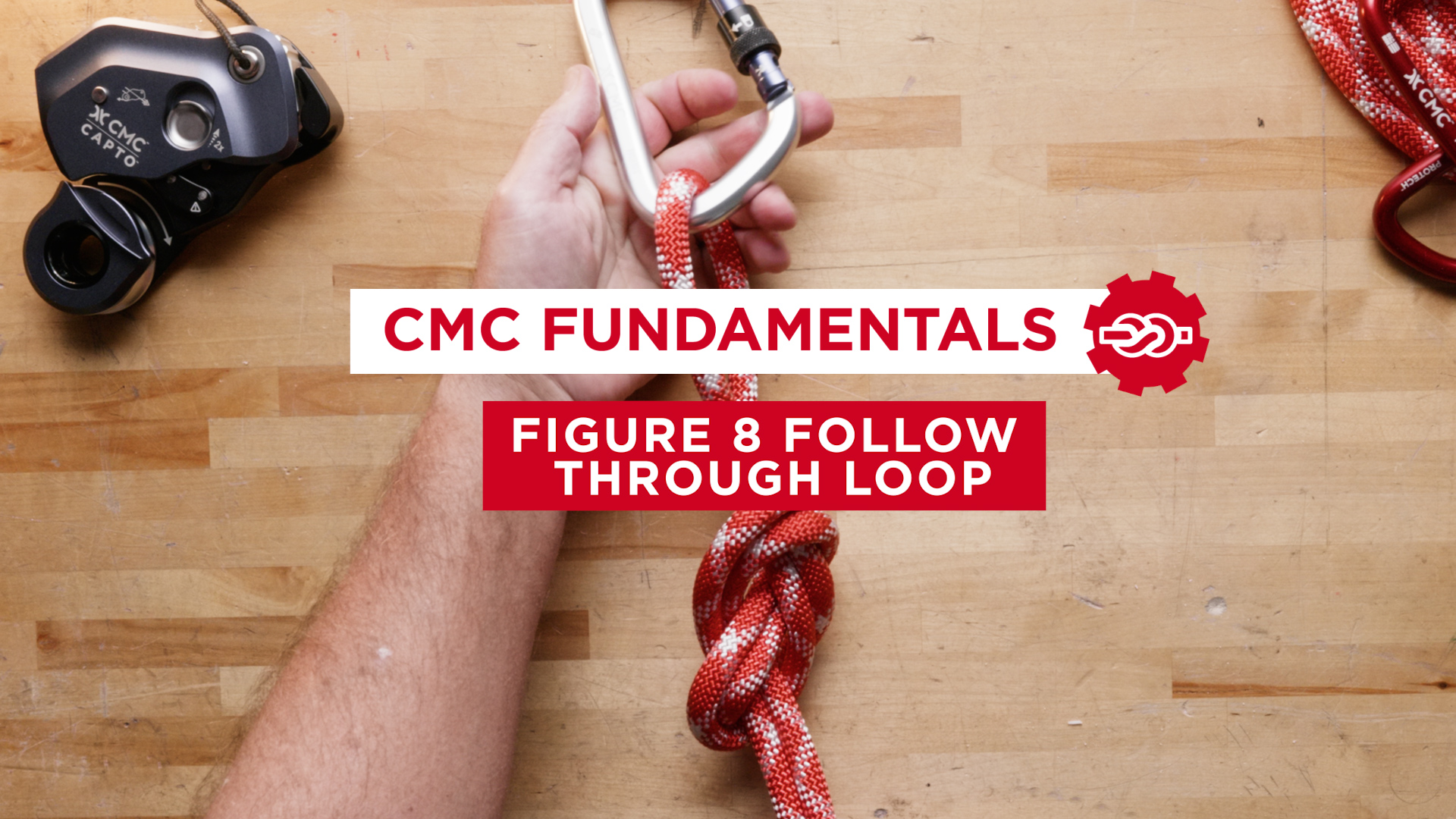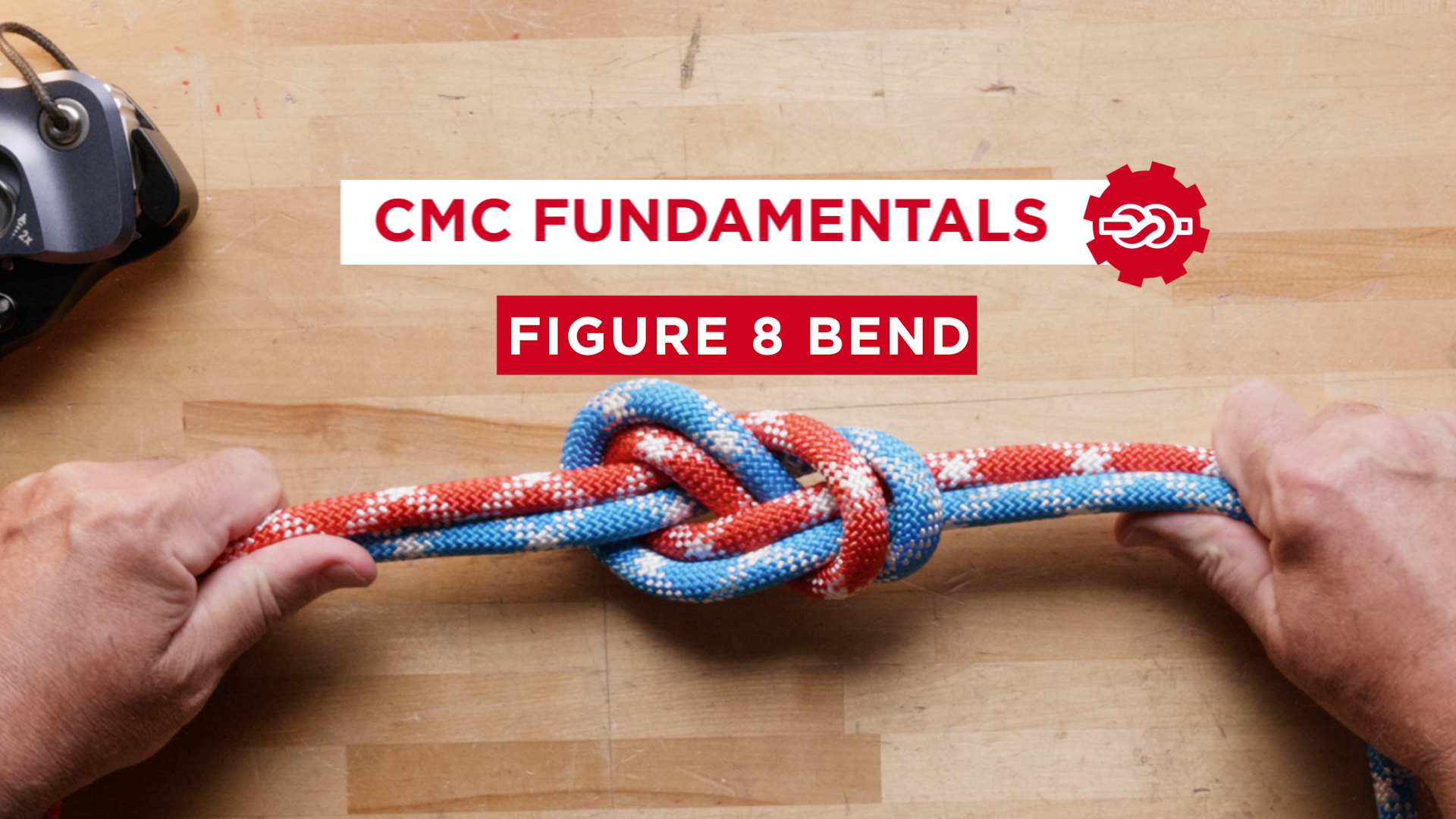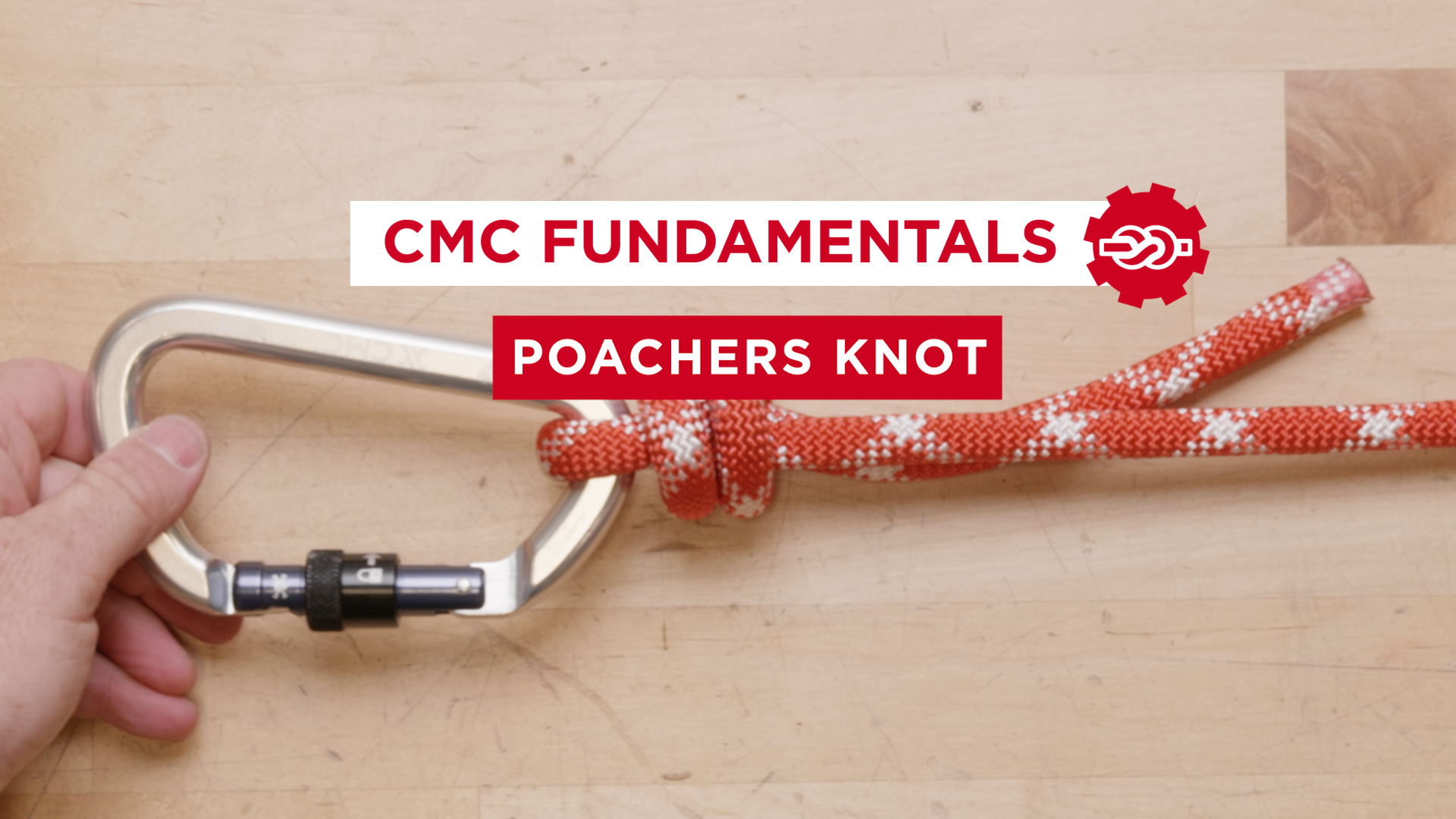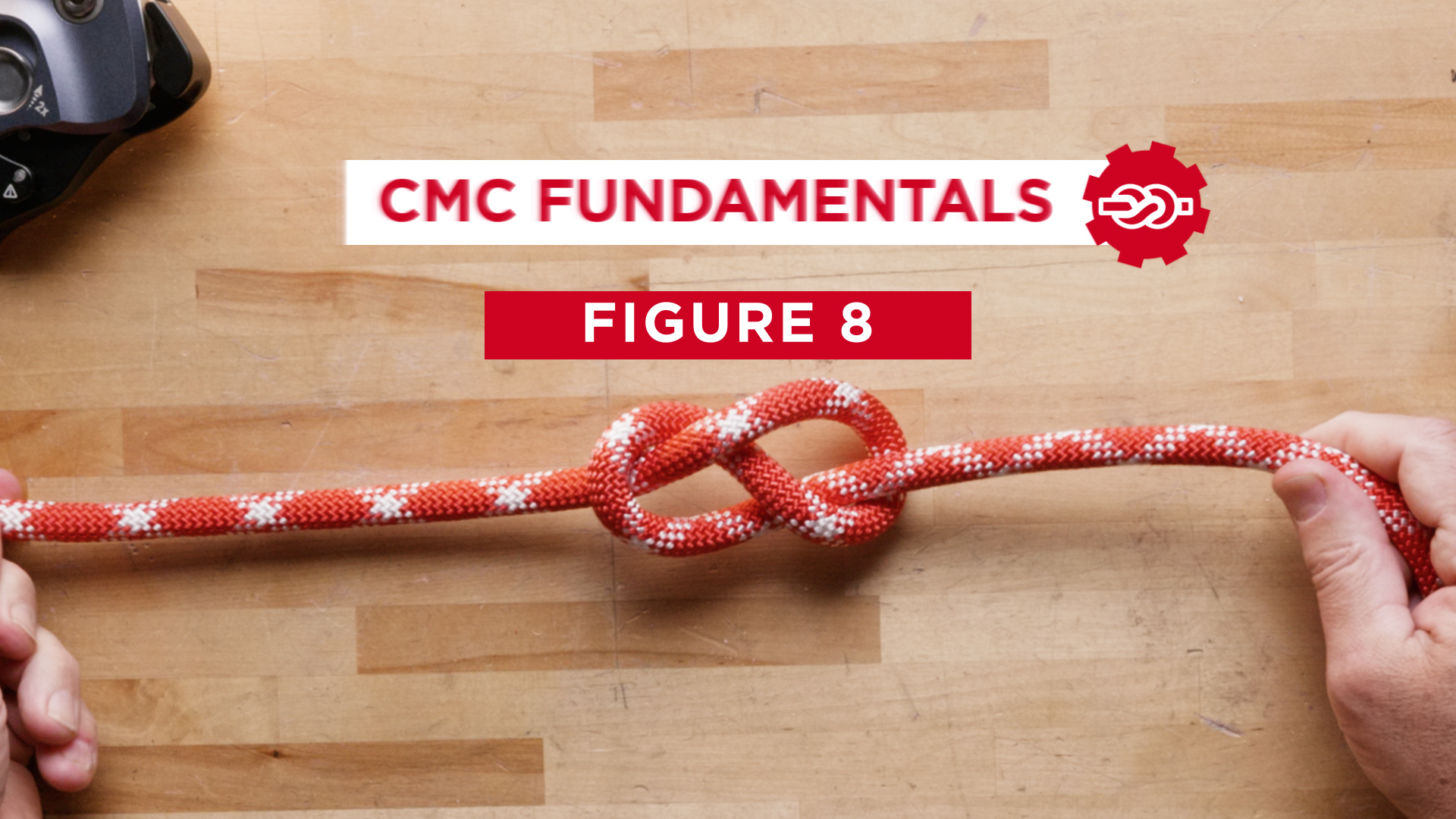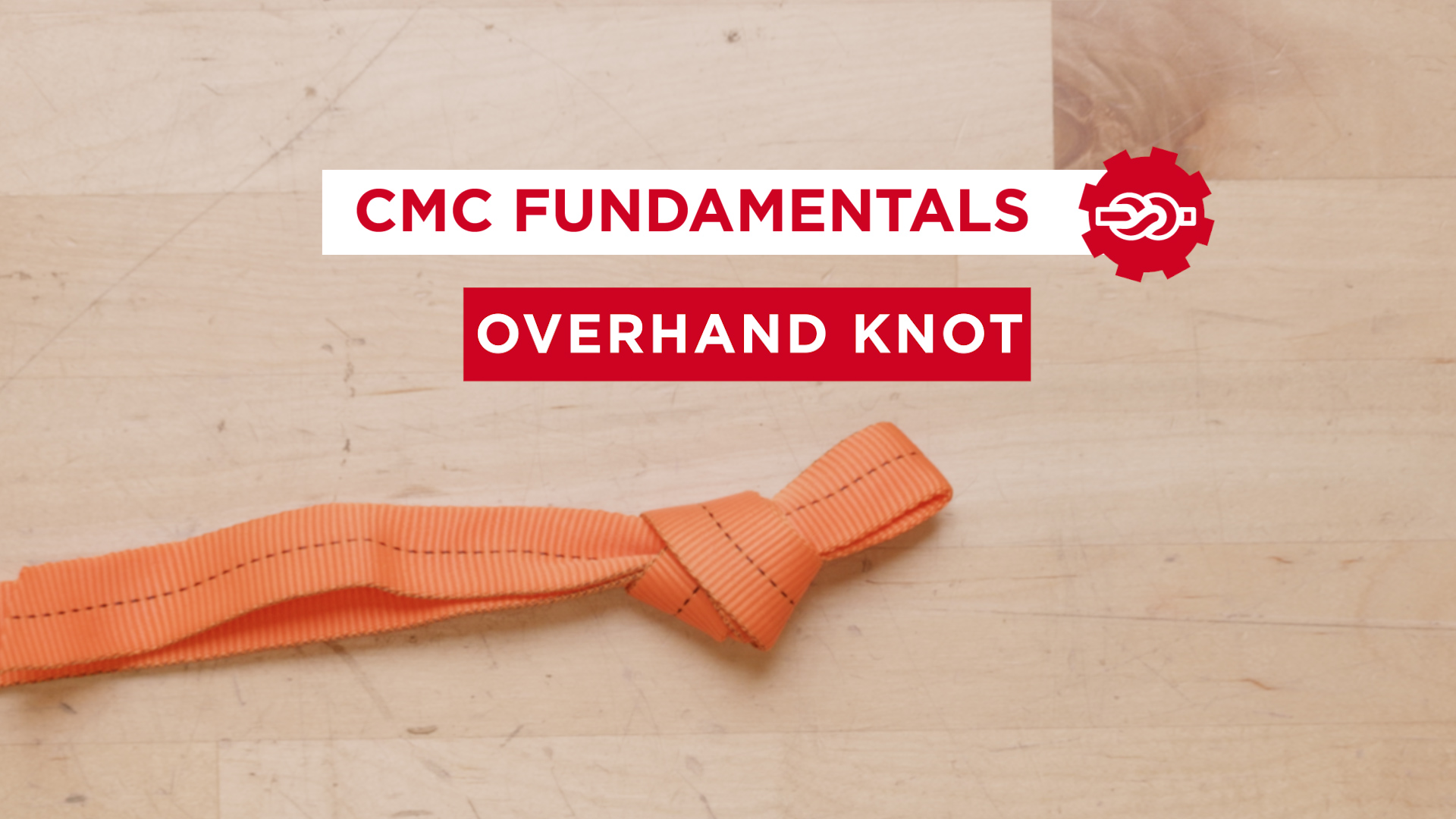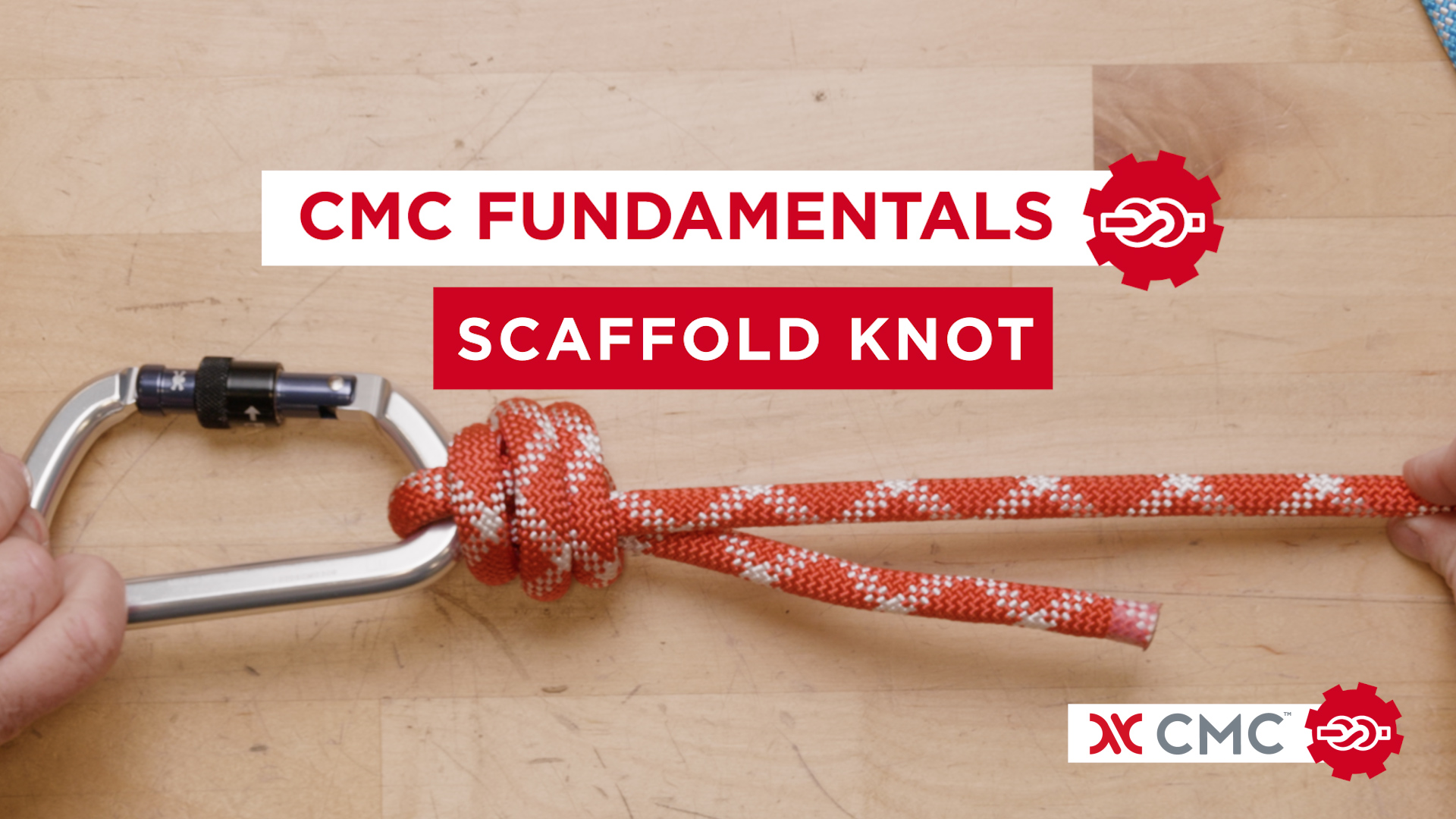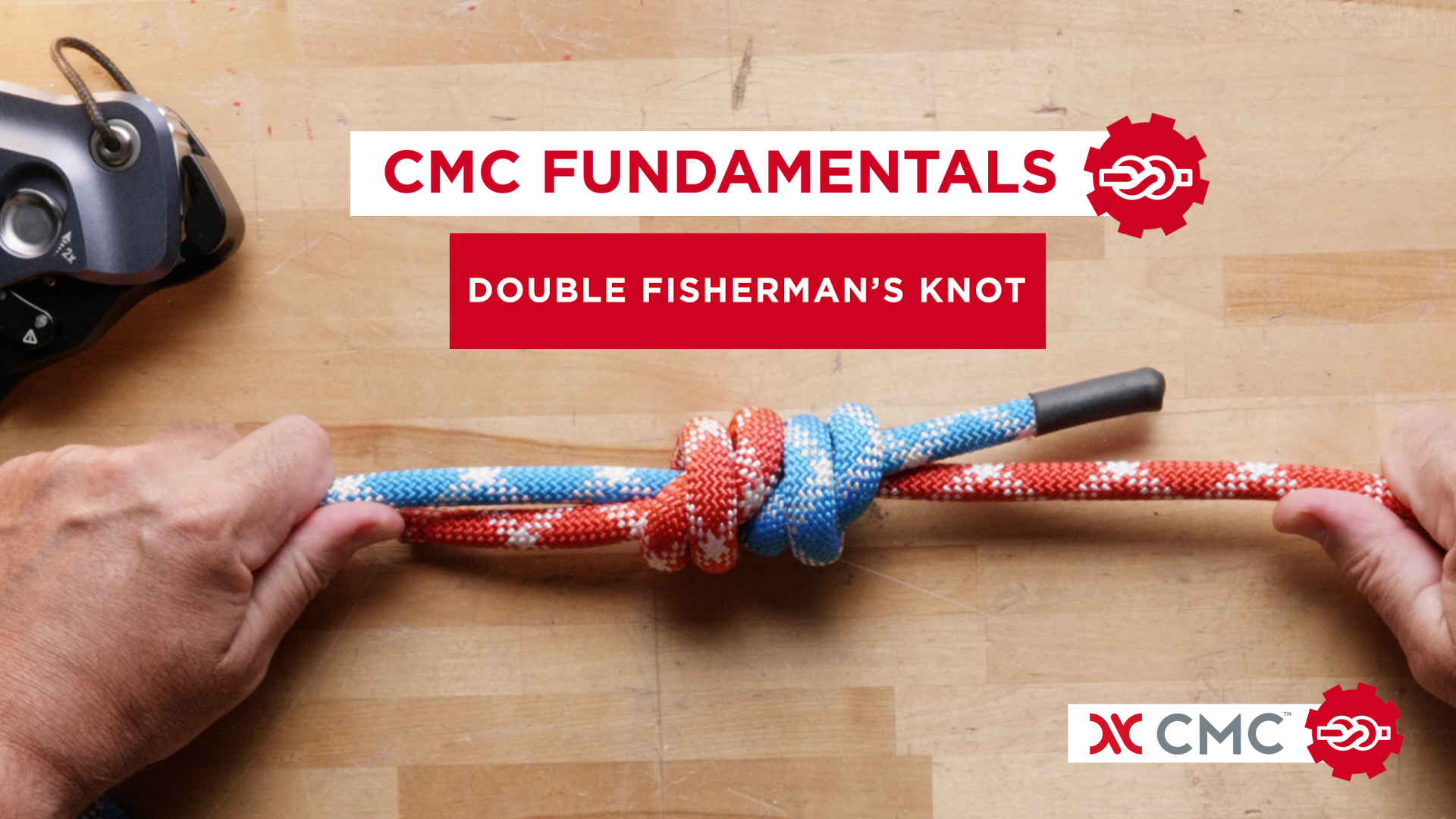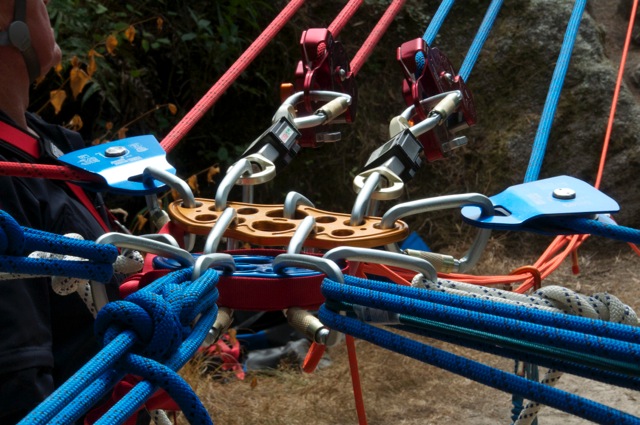
Redundant Systems in Rescue
As I sit here chewing on some thoughts about rescue, let’s take a moment to take a look at redundant systems in rescue. “Rescue” comes in several different flavors (Rope, Trench, Vehicle and Machinery, Confined Space, and the list goes on…). Today, let’s look at rope rescue systems since ropes are common throughout the other disciplines as well.
Photo Credit: Reed Thorne, Ropes that Rescue. Mirrored system using CMC Enforcers and CMC MPDs.
According to Merriam-Webster, the most applicable definition of ‘Redundant’ in this case is, “Serving as a duplicate for preventing failure of an entire system upon failure of a single component.”
Redundant systems have been the norm for some length of time–redundant anchors, main lines and belay lines, spare parts and pieces “in case this one fails” and on and on. I find it interesting over the years, during both rescue operations and training sessions, the major concern is the “what if this happens or what if that happens?” We have a belay (safety) line in case the main line fails. We use redundant anchors (or anchor systems when anchor points are sketchy or marginal) to make sure they are strong enough to handle the expected and unexpected loads during an operation or training. Having peace of mind–knowing the anchor is the strongest part of the overall system–takes one thing out of the domino chain of potential disaster.
When discussing main and belay lines, let’s look at what type. Main and tensioned belay? Main and slack belay? Tandem (mirrored) system? Single line technique? There are a lot of options and a lot of ways to solve the problem, and other than the single line, all could be considered redundant. For argument’s sake we won’t be discussing belayer reaction time now, we’ll save that for another time.
In the previously mentioned Merriam-Webster definition of “redundant”, it says “…failure of a single component,” which begs the question, which component is it, and how does it fail? What is the mode of failure? In order for a catastrophic failure to take place one of two things need to happen:
- The anchor fails and the load is released or;
- The rope breaks and the load crashes to the ground.
Both will result in a memo-producing incident, and we all know it is never good to have a memo named in your honor.
Presuming the anchor is strong, what is the next weakest link in the system? Realistically, the weakest overall point is the person putting it together. Poor decision making during initial set up is a major malfunction waiting to happen. Putting that portion of the real world aside, where are the potential failure points? Looking at the overall system is the key to determining the location of the highest force and rigging accordingly.
Next time we’ll take a look at system analysis – and “failure” in particular, and see how redundancy fits in the overall system.
LeRoy Harbach
Senior Instructor
CMC Rescue School

